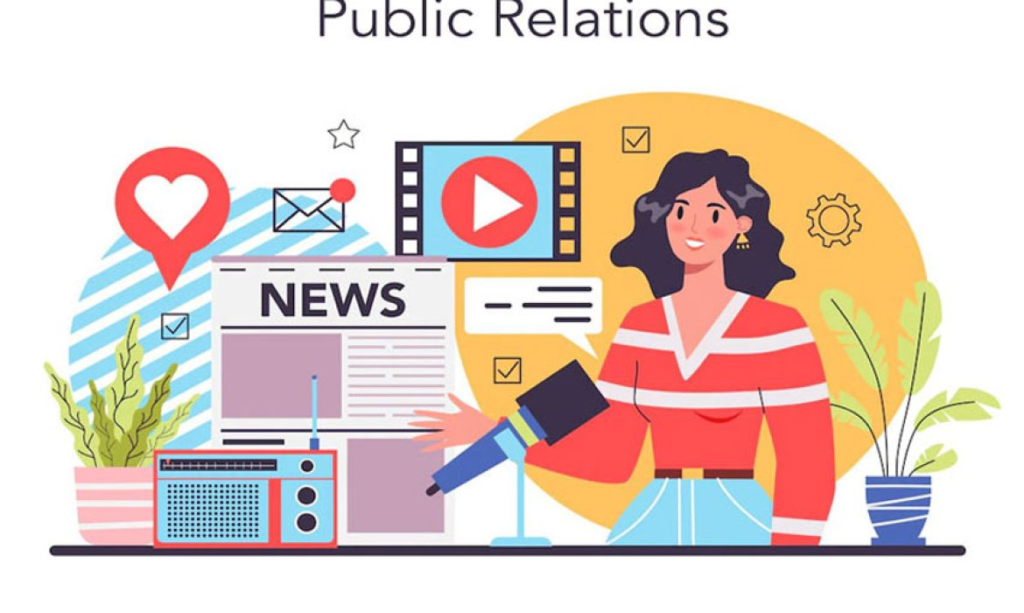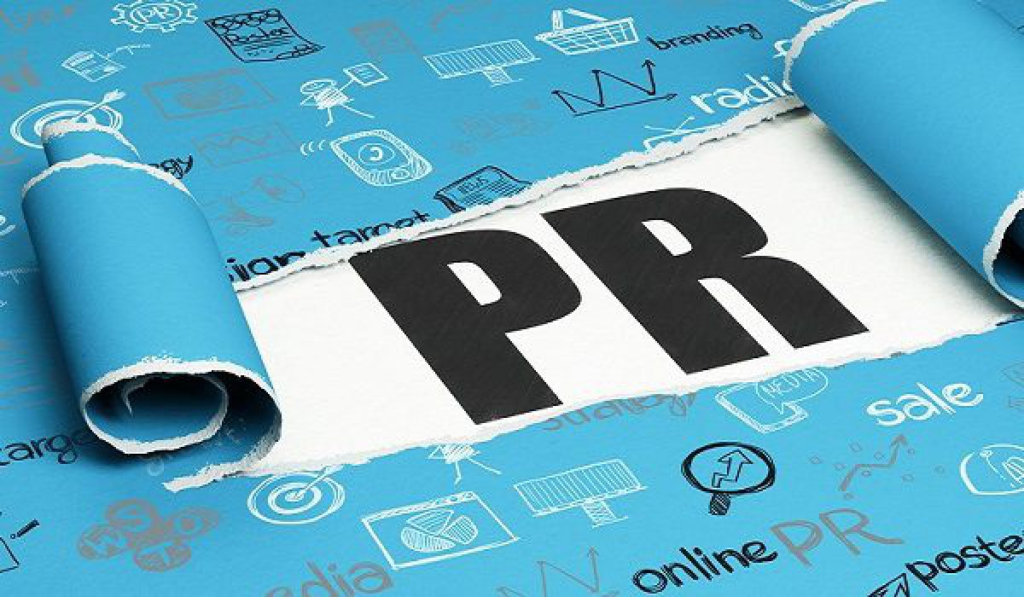As a small business owner, you know how important it is to get the word out about your company. However, traditional marketing and advertising efforts can be expensive and may not reach the right audience. That’s why more and more small businesses are turning to PR marketing to get their message across. PR marketing is an effective and cost-efficient way to promote your business, build brand awareness, and create positive relationships with the media. In this blog post, we’ll discuss some of the must-know rules of PR marketing for small businesses.
Identifying Your Audience

As any experienced PR marketer will tell you, the key to success in public relations campaigns is identifying your target audience. Without knowing who your target customers are, it’s impossible to craft effective messages and correctly distribute them.
Here are a few things to consider when trying to identify your ideal customers:
- Who is likely to be interested in your product or service?
- Are there any specific demographic characteristics that you should consider (age, gender, income level)?
- What other interests might appeal to this group?
- Are there any locations in which this group may be concentrated?
- How should you go about reaching out and engaging with potential customers?
By considering these questions and determining who your ideal customer is, you can create a messaging strategy that is tailored specifically for that group—allowing you to get the best results from your PR campaigns.
Crafting a Compelling Message
One of the first steps to effective PR marketing is to craft a compelling message. It should be short, clear and speak to the desired audience. To make sure your message is effective, ask yourself: Who are you trying to reach? What do they need/want to know? And what action do you want them to take?
Once you’ve crafted your message, here are the must-know rules for making it stand out:
- Keep it simple. Your message should be unambiguous; avoid using jargon or industry-specific terminology that may not be easily understood by the public.
- Use active voice. Active voice conveys energy and promotes clarity; opt for active verbs instead of passive verbs when possible.
- Focus on benefits, not features. Instead of talking about your product or service features, highlight how it can benefit the customer directly — such as “Get faster loading speeds” instead of “Our product provides faster loading speeds”.
- Showcase customer feedback and testimonials wherever possible. Good customer feedback reinforces that your product or service is worth the investment; showcase reviews and testimonials wherever possible on landing pages, social media or website copy to build trust with potential customers and show that you care about delivering quality products/services that meet their needs.
Knowing What Channels to Utilize

With so many channels of communication available, it can be difficult to know where to start with PR marketing for small businesses. To help you determine the best ones for your needs, let’s take a look at more traditional and digital routes to explore.
Traditional
The tried-and-true methods of print, radio and television media can still be utilized today – though they may require a bit more work than other, digital outlets. Companies such as newspapers, local radio programs and even cable operators may provide interviewing, guest speaking or advertising opportunities that are relatively inexpensive.
Digital
The digital realm offers an opportunity to reach a wider audience than ever before through platforms like podcasts, online newsletters, blogs and social media. Many of which offer free options – though there is almost always the potential to boost promotion using paid services as well.
Though each channel has its own unique challenges and advantages associated with it, the important factor is understanding how they can work together to create a comprehensive PR strategy for your business – helping you spread your message further than ever before!
Building Relationships With Key Media Outlets

Relationships with key media outlets can be a challenging yet rewarding part of PR marketing for small businesses. To build relationships, you need to first decide which media outlets are best suited to best grow your brand. Once you have identified the right contacts, always remember to treat them with respect and kindness, as they can make or break your brand.
Another factor that will help in building strong relationships with media outlets is providing them consistent and valuable content. This includes unique stories and newsworthy information that can help bolster their own profile and reach, while helping you get your messages out to the right personas.
Finally, consider establishing an editorial calendar for the year ahead and plan out story pitches for the most impactful times of the year, such as holidays or special occasions. This will help ensure that your brand’s updates are timely and newsworthy when it matters most. When done correctly this tactic can offer invaluable exposure and engagement opportunities for your business.
Evaluating the Impact of Your Campaign
When it comes to evaluating the impact of your PR marketing campaign, measuring its success is essential. Depending on the goals of your campaign, success could mean an increase in website traffic, more followers on social media channels, or even a jump in sales.
Here are some ways you can measure your campaign’s impact:
Analyze Website Traffic
Using analytics tools such as Google Analytics, you can track how your PR efforts are affecting website traffic. Did those press releases about product launches result in an increase in visitors? Has the number of inquiries from potential customers increased? Analyzing traffic patterns will give you insights into what type of content resonates with people and what doesn’t work as well.
Monitor Social Media and Search Engines
You can also measure the success of your PR campaigns through social media platforms like Facebook and Twitter, as well as by monitoring search engine results related to your business or industry. Are people talking about you? Are they sharing your content? Has there been any increase in mentions across different platforms? Search engine results can also tell you how effective your efforts have been in terms of increasing visibility and brand awareness.
By tracking key metrics associated with your PR campaigns, you’ll be able to determine what works and what doesn’t so that you can make informed decisions about future campaigns.
Updating Your Strategy Over Time

As with most strategies, PR marketing for small businesses should be regularly reviewed to ensure it remains effective. This means keeping a finger on the pulse of what is happening in the industry and making tweaks as necessary.
The biggest challenge for small businesses is their limited resources which can make it difficult to stay up to date on trends and developments, but there are several things you can do to ensure you maintain a successful strategy:
- Monitor your competitors’ activities – What are they doing that could be beneficial? Can you learn from their mistakes? It pays to keep an eye out for new tactics they introduce or campaigns they launch.
- Observe changes in the industry – Is there a new technology or regulation that could affect your approach? Be bold enough to make changes in order to gain an advantage over competitors.
- Research customer feedback – Are customers’ needs changing? Are there any issues with existing products or services that you could address with your PR campaign? Pay attention to customers’ responses and use that feedback when making decisions about your strategy.
By proactively monitoring the business landscape, small business owners can ensure their PR marketing campaigns remain current and effective over time.
Conclusion
PR marketing can be a powerful tool for small businesses who have limited resources and budget. Following the must-know rules of PR marketing for small businesses can help maximize the impact of these limited resources and lead to greater success in the long run. As a small business, it is important to never underestimate the power of effective PR marketing, as it can have a profound effect on building brand recognition, enhancing credibility, and increasing sales. With the right strategy and implementation, small businesses can leverage PR marketing to their advantage, enabling them to stay ahead of the competition and flourish in today’s highly competitive market.

